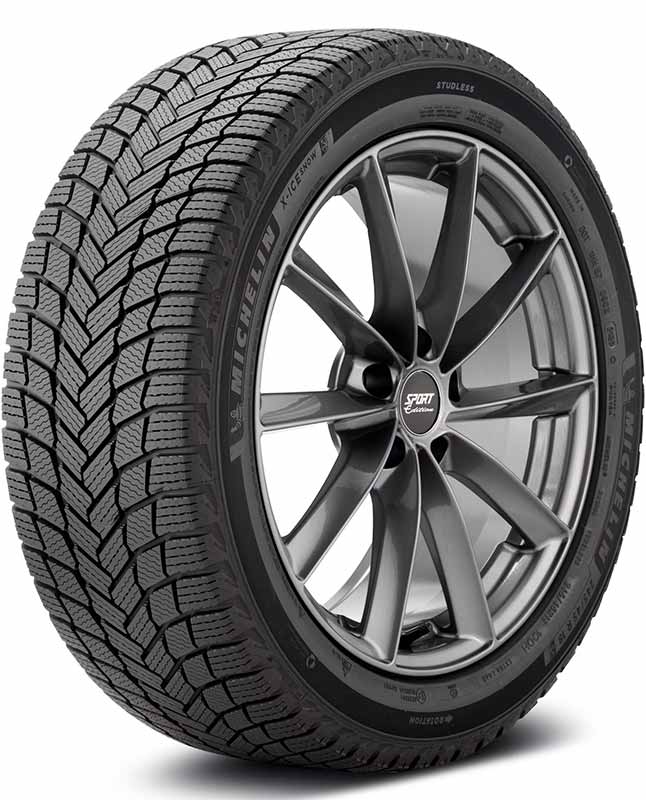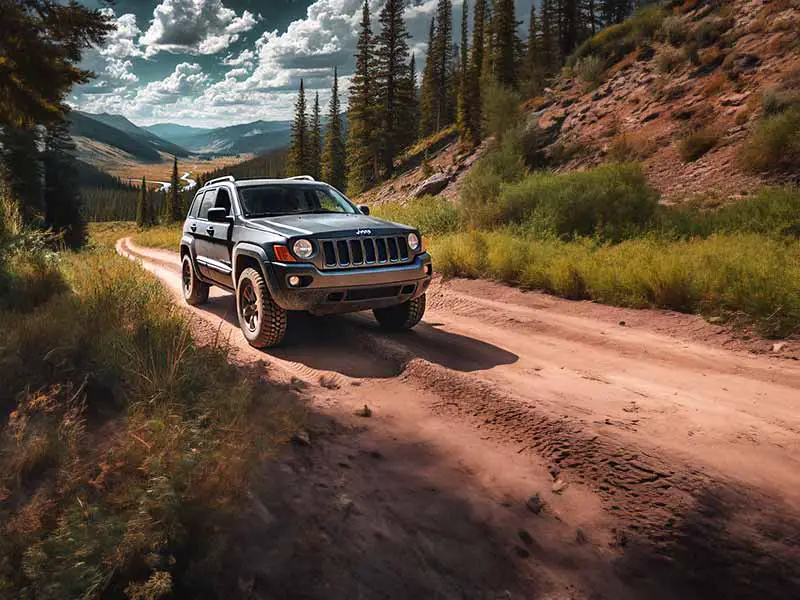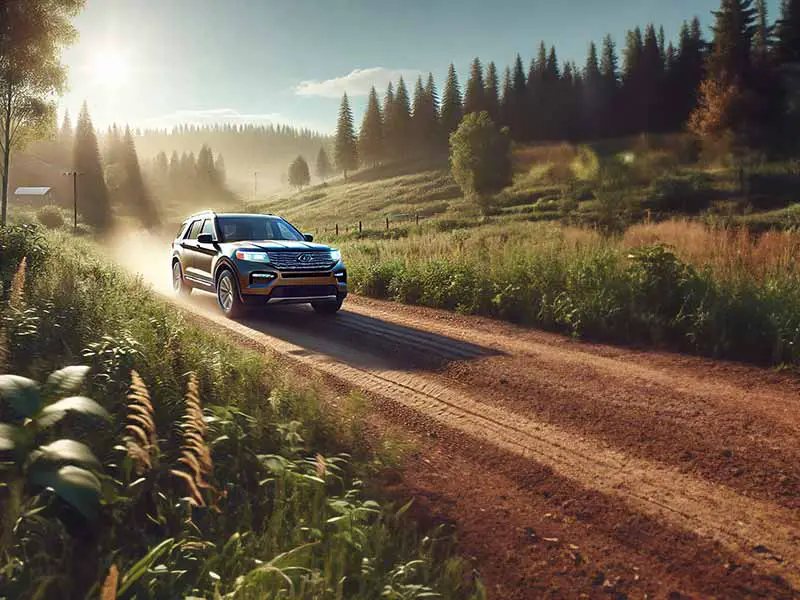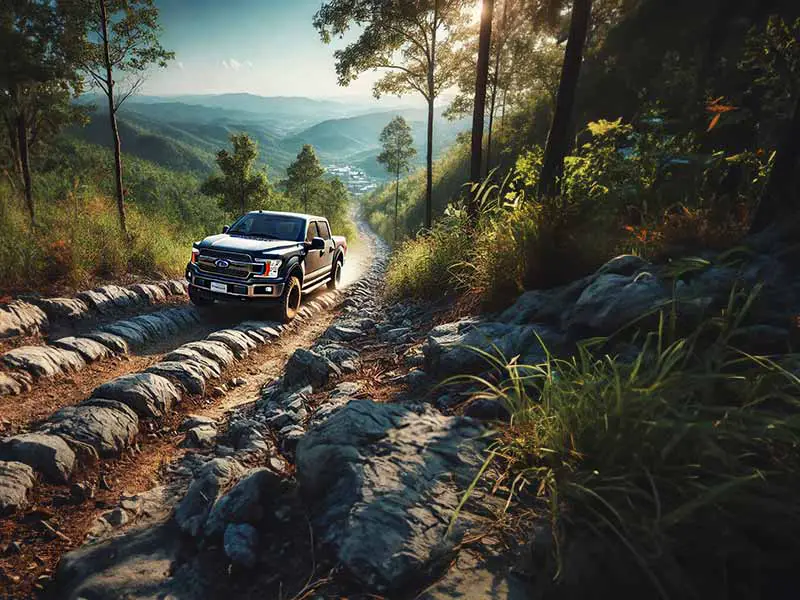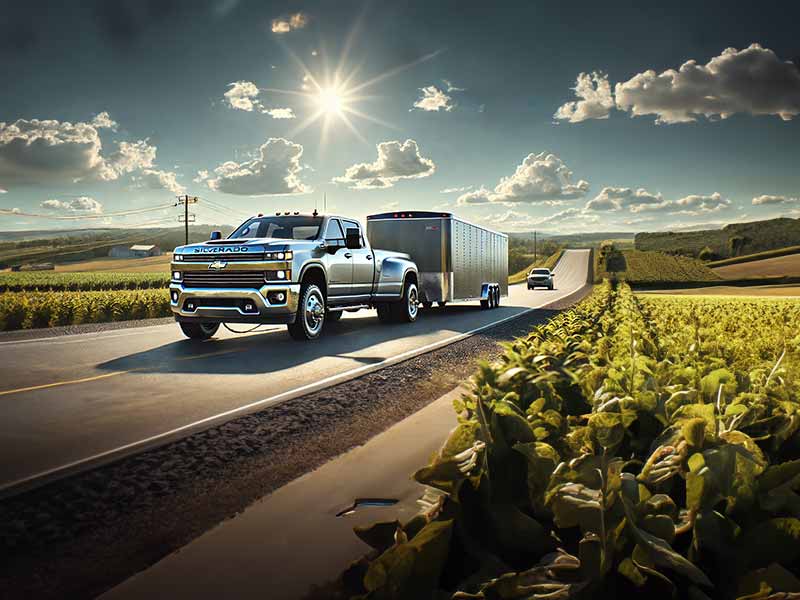Are you preparing for the winter season and exploring the best snow tires for your vehicle? The Michelin X-Ice Snow might be on your radar, acclaimed for its excellent performance in snowy and icy terrains.
The Michelin X-Ice Snow is a top-tier winter tire that rivals the Bridgestone Blizzak WS90 is many ways. Renowned for its superior traction and handling in snow and ice, while also maintaining commendable performance in wet and dry conditions.
In this article, we provide an in-depth review of the Michelin X-Ice Snow, discussing its capabilities across various conditions, highlighting its strengths, identifying any limitations, and comparing it with other winter tire alternatives.
Michelin X-Ice Snow
Customer Rating
Overall Rating
8.8 of 10
Wet Weather
8.6 of 10
Winter Weather
9.0 of 10
Tread Wear
8.8 of 10
Dry Weather
8.8 of 10
Ride Comfort
8.7 of 10
UTQG
Uniform Tire Quality Grade
UTQG Treadwear Rating: N/A
UTQG Traction Rating: N/A
UTQG Temperature Rating: N/A
Mileage Warranty
None
Find The Best Price
Key Performance Metrics
Hydroplaning: 9.1 of 10
Wet Grip: 9.1 of 10
Cornering: 8.5 of 10
Dry Grip: 8.8 of 10
Responsiveness: 8.6 of 10
Mild Snow Grip: 9.3
Heavy Snow Grip: 9.0
Ice Grip: 8.7
Comfort Level: 9.0 of 10
Road Noise: 8.5 of 10
Description & Review
The Michelin X-Ice Snow is a robust studless ice and snow winter tire designed to deliver enhanced safety and performance in severe winter conditions. It’s known for its impressive longevity and ability to tackle the challenges of icy, snowy roads, making it an ideal choice for drivers looking for dependability and control during the cold months.
The X-Ice Snow features a tread design that provides a significant edge in winter conditions. It has a commendable rating in light snow traction (9.3) and deep snow traction (9.0), ensuring that drivers can navigate confidently through various snowy landscapes. The tire’s ice traction score of 8.7 reflects its robust capability to maintain grip and stability on icy surfaces, emphasizing its commitment to safety in harsh winter environments.
In addition to its winter prowess, the Michelin X-Ice Snow offers balanced wet and dry handling. It has an overall wet rating of 8.8, with hydroplaning resistance and wet traction scores of 8.7 and 8.8 respectively. This ensures that the tire performs reliably on slushy and wet roads, providing a secure grip and reducing the risk of hydroplaning. Its dry rating of 8.6, including corner stability (8.5), dry traction (8.8), and steering response (8.6), guarantees a reliable performance in less severe winter conditions as well.
The X-Ice Snow doesn’t compromise on comfort, scoring 8.7 overall in this category. With a ride quality rating of 9.0 and noise level at 8.5, it offers a smooth and quiet driving experience, contributing to overall driving satisfaction, especially on long journeys.
Durability is another strong suit of the Michelin X-Ice Snow. With a treadwear rating of 8.8, it’s built to last and provide excellent value over time. The tire’s construction and design promote even wear, extending its usable life and ensuring drivers get the most out of their investment.
Advanced Winter Technology: The Michelin X-Ice Snow incorporates Michelin’s latest winter tire innovations. This includes a unique tread pattern and compound optimized for cold temperatures, ensuring the tire remains flexible and effective even in low temperatures, and providing top-notch performance.
The Michelin X-Ice Snow stands out as an exceptional choice for those seeking a reliable and efficient tire to navigate through winter’s demanding conditions. Its excellent performance in snow and ice, coupled with solid wet and dry handling, positions it as a preferred option for drivers in challenging winter climates. The added comfort and durability aspects further solidify the X-Ice Snow as a premium tire in its segment.
Pros
- Enhanced Winter Safety: Provides outstanding traction and handling in snow and ice, making it a reliable choice for winter safety.
- Balanced Wet and Dry Performance: Offers solid performance in various conditions, ensuring versatility across different winter scenarios.
- Comfortable Ride: High scores in ride quality and noise level, promising a comfortable and quiet driving experience.
- Durable and Long-lasting: Features a robust design and extended tread life, delivering excellent long-term value.
- Advanced Winter Technology: Incorporates Michelin’s leading innovations for winter driving, maintaining peak performance in cold temperatures.
Cons
- Moderate Ice Performance: Although performing well, it may not fully match the ice traction of studded tires or some competitors.
- Noticeable Road Noise: Some drivers might find the tire’s noise level higher compared to non-winter tires, although it remains relatively quiet.
- Less Optimal in Non-Winter Conditions: As a specialized winter tire, its performance in warmer temperatures may not be as efficient as all-season or summer tires.
- Price Point: May come at a premium price due to its advanced features and technology.
- Seasonal Tire Change: Like other winter tires, it requires swapping with non-winter tires in warmer months, adding to overall maintenance.
Michelin X-Ice Snow Problems
- Wet Conditions Performance: While the Michelin X-Ice Snow tire excels in snow and ice, some studies suggest it may not perform as strongly in wet conditions. Despite this, user reviews still highly rate its hydroplaning performance and traction in wet conditions.
- Handling in Dry Conditions: The tire performs optimally in snowy and icy conditions, but its dry condition handling, although still good, is slightly less impressive. It scored 8 out of 10 in subjective dry handling in one study.
- Noise and Comfort: The noise levels of the Michelin X-Ice Snow tires are considered mild to medium, which is typical for winter conditions. The tires provide a firm ride, which has been reported to add confidence and enjoyment to winter driving experiences.
- Durability and Longevity: These tires are noted for their superior durability, with a lifespan that often exceeds five years and maintains ice-breaking capabilities even after three years of use. This makes them a long-lasting option for winter driving.
- Cost and Warranty: The price of Michelin X-Ice Snow tires varies based on size, ranging from around $120 for 15-inch tires to about $450 for 22-inch tires. This pricing is competitive when compared to other high-end winter tires like the Nokian Hakkapeliitta R3. Additionally, Michelin offers a 40,000-mile limited warranty, providing added value and assurance.
Overall, the Michelin X-Ice Snow tire is highly regarded for its performance in winter conditions, offering excellent traction and handling in snow and ice. However, its performance in wet conditions and handling in dry conditions, while still good, may not match its exceptional winter performance. The tires offer a comfortable, confident ride and are durable, but their cost and noise levels are factors to consider for potential buyers.
Michelin X-Ice Snow Alternatives
When considering alternatives to the Michelin X-Ice Snow for winter driving, evaluating them across various parameters such as wet and dry performance, winter/snow capabilities, comfort, and treadwear is crucial. Here are some top alternatives:
BRIDGESTONE BLIZZAK WS90
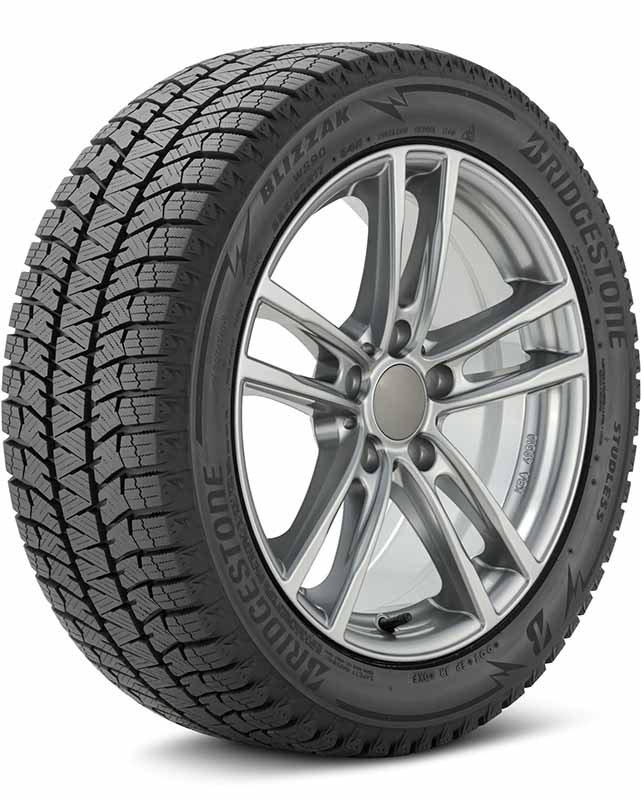
- Overall Rating: 8.6 out of 10.
- Performance Highlights:
- Wet Performance: Good hydroplaning resistance and wet traction.
- Dry Performance: Offers solid corner stability and dry traction.
- Winter/Snow: Excellent performance in snow traction and ice traction.
- Comfort: Slightly lower ride quality and noise reduction compared to X-Ice Snow.
- Treadwear: Comparable at 8.4.
- Review: A strong choice for drivers seeking exceptional snow and ice performance.
CONTINENTAL VIKINGCONTACT 7

- Overall Rating: 8.7 out of 10.
- Performance Highlights:
- Wet Performance: Comparable hydroplaning resistance and wet traction.
- Dry Performance: Adequate corner stability and dry traction.
- Winter/Snow: Good in light snow, though slightly lower in ice traction.
- Comfort: Excels with high ride quality and noise level.
- Treadwear: Similar performance.
- Review: Ideal for those valuing comfort and light snow traction.
GOODYEAR WINTERCOMMAND ULTRA
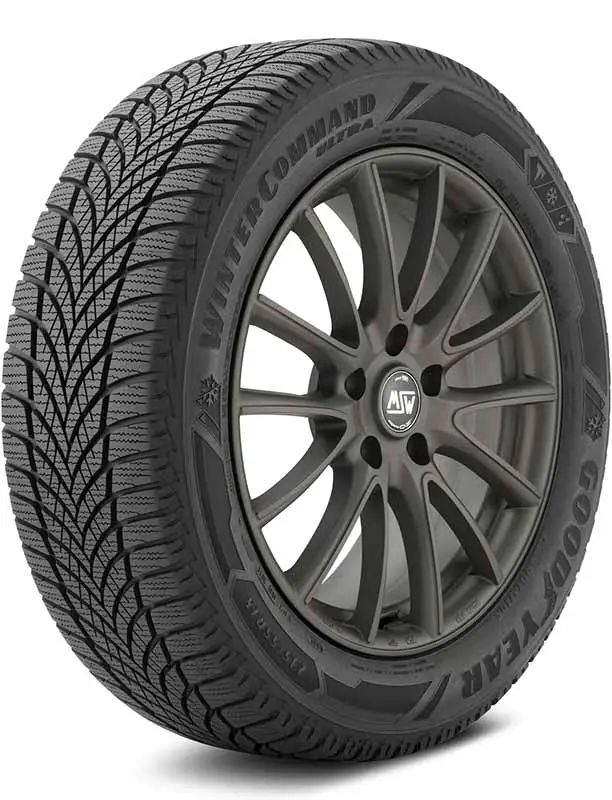
- Overall Rating: 8.8 out of 10.
- Performance Highlights:
- Wet Performance: Very good hydroplaning resistance and wet traction.
- Dry Performance: Consistent corner stability and dry traction.
- Winter/Snow: Comparable performance in light snow and ice traction.
- Comfort: Similar ride quality but slightly higher noise level.
- Treadwear: Matches X-Ice Snow.
- Review: A great alternative for balanced wet and snow performance.
Each of these tires offers unique advantages in handling, comfort, and performance under various winter conditions. They are formidable competitors in the winter tire category, offering options for drivers with different priorities and driving conditions.
Difference Between Winter Tires and All-Season
Winter tires and all-season tires are designed for different driving conditions, and understanding their key differences is crucial for safe driving throughout the year.
Tread Rubber Composition:
- Winter Tires: Made with a rubber compound that stays flexible at lower temperatures, ensuring better grip and braking on cold, icy, or snowy roads.
- All-Season Tires: Have a harder rubber compound that is less effective in cold weather but provides a good balance for mild weather conditions.
Tread Depth and Patterns:
- Winter Tires: Feature deeper tread depths and unique tread patterns designed to channel snow and slush and reduce the buildup of snow.
- All-Season Tires: Have moderate tread depths, suitable for a variety of conditions but not optimized for heavy snow or ice.
Biting Edges and Sipes:
- Winter Tires: Contain numerous sipes (small slits in the tread) that provide extra biting edges to grip icy surfaces.
- All-Season Tires: Have fewer sipes, making them less capable on ice and deep snow.
Performance in Different Temperatures:
- Winter Tires: Specifically engineered to perform well in temperatures below 45°F (7°C).
- All-Season Tires: Perform adequately in moderate temperatures but start to lose traction as the temperature drops.
WHEN TO SWITCH BETWEEN TIRES
The decision to switch between all-season and winter tires depends largely on the climate and weather conditions in your area.
- Use All-Season Tires: If you live in a region with mild winters, where temperatures rarely fall below 45°F (7°C) and snowfall is minimal or non-existent. All-season tires provide a good balance of wet and dry traction for such conditions.
- Switch to Winter Tires: When you live in an area with harsh winter conditions – temperatures regularly dropping below 45°F (7°C), and frequent snow and ice. Winter tires are essential for safety in these conditions, typically from late fall to early spring.
- Timing: The general rule is to switch to winter tires when temperatures consistently start to drop below 45°F (7°C). This often happens in the late fall, and the tires should remain on the vehicle until temperatures consistently rise above this point in the spring.
Using winter tires in cold conditions and all-season tires in moderate climates ensures optimal traction, handling, and safety, adapting to the seasonal changes in driving conditions. It’s important to remember that winter tires wear faster in warmer conditions, so switching back to all-season tires when the weather warms up is also crucial for tire longevity.
Resources
Below are some links you may find helpful when learning about tires:
- Winter tire safety tips – National Highway Traffic Safety Administration
- How to choose the right tire for your vehicle – Consumer Reports
Final Thoughts
The Michelin X-Ice Snow is highly regarded as a premier choice for winter tires, renowned for its exceptional traction and handling in snowy and icy conditions. It also offers impressive performance in both wet and dry scenarios, making it a versatile tire for various winter landscapes.
Despite its strengths, the X-Ice Snow has some limitations, notably in its performance under certain wet conditions and in noise levels on dry roads. When selecting winter tires, it’s crucial to align with your specific driving needs and conditions.
For those facing severe winter weather, the X-Ice Snow stands as a safe and dependable option. In contrast, for milder winter conditions, considering all-season tires might be more appropriate.
Good luck and happy motoring.
